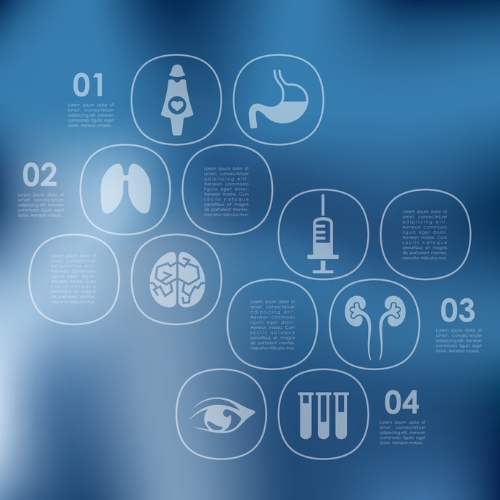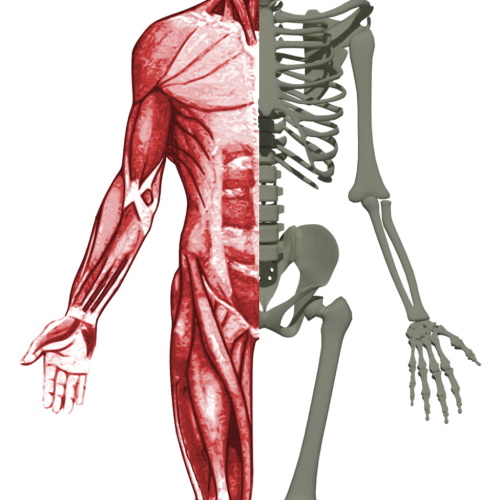Key points from article :
A groundbreaking study published in Science has identified a new type of skeletal tissue called lipocartilage, which could revolutionize regenerative medicine and tissue engineering. Led by Maksim Plikus and researchers at the University of California, Irvine, the discovery highlights the unique properties of this soft, flexible, and fat-rich cartilage, which may provide better solutions for treating traumatic injuries, birth defects, and cartilage diseases like osteoarthritis and rheumatoid arthritis.
The research team first observed fat-storing cells within the ear cartilage of mice while studying hair growth. Unlike typical fat cells (adipocytes), these new lipochondrocytes maintain their structure regardless of weight gain or loss, ensuring the tissue remains stable and elastic. Further analysis revealed lipocartilage in other areas, such as the nose, voice box, and chest, and even in the ears of mammals like bats and marsupials. Importantly, human cartilage cells derived from embryonic stem cells also exhibited lipid droplets, suggesting its relevance in human biology.
This discovery could lead to patient-specific cartilage regeneration without the need for painful rib cartilage grafts. Researchers envision using stem cells and 3D printing to create custom-shaped cartilage for reconstructive surgery, offering less invasive and more effective treatments for conditions affecting cartilage structures. The study challenges long-held assumptions about cartilage biology and opens new avenues for biomechanics, cellular ageing, and tissue engineering,







